Master Music Catalog
What is a Music Catalog & Why Do I Need One?
FAQ
What is a music Catalog?
Traditionally, a music catalog is the collection of musical compositions and their copyrights coming from the same owner – it is a comprehensive list of musical compositions and songs that are created and registered under the name of an individual or entity. In this case, it is the list that the owner who has and controls the copyrights (writer, publishing, sync or master rights) to songs that are included in this music catalog. The rights owner is the one that receives income generated by the music royalties each time the music is being consumed and used.
In most cases, the copyrights to songs are divided among the parties who worked on making the music pieces. Besides the performing artist or band, the songwriters, musicians, publishers, record labels, managers, etc… may all get a split share (not necessarily equal) of the rights and can add them to their music catalog. This means that the same song can be part of multiple different music catalogs and share earned royalties. In some cases, the singer/songwriter can own 100% of the copyrights, and collect 100% of the earned royalties.
Why is it important to maintain a music catalog?
With a song potentially being in multiple music catalogs, logging your own data in one place will help maintain the integrity of your musical works and registrations. As a Singer/Songwriter, Label, Publisher…it is a benefit to maintain a master list of your musical works including who owns which copyright and the song information such as the time code, release date, registrations & id numbers. This will assist in protecting your musical assets, completing audits, and claiming earned royalties.
Since most music platforms, royalty organizations, and distributors use various information to manage and maintain your work in their proprietary system, it is recommended to have one set listing of all the information at your fingertips. This can be accomplished in a simple excel or an online spreadsheet document.
What do I need and how do I create a music catalog?
Start with the basic data. Attached is a workbook with 3 tabs: How to start, a usable worksheet and a sample spreadsheet. It will be to your benefit to start with the basic data that you can provide that will streamline the process. Attached is an example of a worksheet of the information you will collect as you register your music or research. The columns have comments to assist in obtaining this information. However, the best way to start is by populating the release information per song, and the name of each entity that owns the rights to each track. The rest will be provided through your research through your digital partners.
Initial Data to collect (highlighted in yellow on the spreadsheet & available on tab 1 of the Workbook):
COLUMN ➤ TYPE OF INFORMATION
RELEASE ➤ ALBUM/EP/SINGLE
RELEASE DATE ➤ MO/DT/YEAR
SONG TRACK #
TITLE ➤ Use the proper diacritical marks on this form
TRACK LENGTH ➤ HOUR/MINUTE/SECONDS 00:00:00
TYPE OF RELEASE ➤ Original, Cover, Re-release, Revised Re-release
MAIN ARTIST/GROUP ➤ Featured Performer - if a Collection, Compilation or Anthology, put Various
FEATURED ARTIST(S) ➤ Any performer who has recognition or royalty participation. Add in columns for multiple names. Includes: Duet, Trio, Guest Artist, Featured Band Member
LABEL ➤ Record labels are companies that market recorded music and corresponding videos. They engage in a wide range of functions in the music industry, including new artist recruitment and development, copyright enforcement and can be the publisher
PUBLISHER ➤ In the music industry, a music publisher or publishing company is responsible for ensuring the songwriters and composers receive payment when their compositions are used commercially. ... They also secure commissions for music and promote existing compositions to recording artists, film, and television.
SONGWRITER OR AUTHOR/COMPOSER ➤ The person(s) who composes words and/or music especially for a song.
COMMENTS ➤ Note here if you updated a cover, created the translation in another language. IE: if you put music to a chant that did not have a melody, you have modified an existing recording and technically make you the composer for this version of the written song.
It may seem overwhelming at first, however, once you have all of the information above, you can start to collect the remaining information as noted on the form. Then going forward, it will be easier and the best practice to keep this information up to date with each new release.
Click here for a quick reference for Music Industry Code Identifiers in the spreadsheet:

← Back To Resources Menu
Disclaimer: This page is intended for informational purposes only and not as a solicitation or to provide legal advice. You are welcome to contact us directly, however, should you have specific questions or concerns, the HKF highly recommends speaking to an attorney or professional in the appropriate field.
